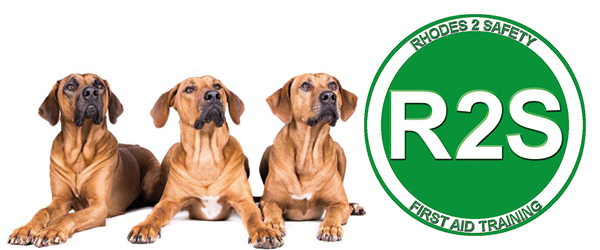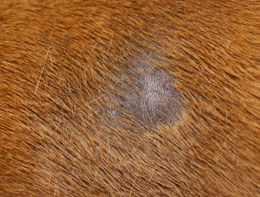Sometimes, dogs get itchy or you might notice that their coat is not quite as good as it might be and this could actually be something called Staphylococcus – also known as a “Staph” skin infection. Infection might be noticed in many locations including the eyes, feet, skin, ears and respiratory system. Signs that might catch your eye may start with nothing more significant than a thinning of the coat or a
flaky/dandruff or scurfy appearance of your dog’s usually glossy coat.
This condition can affect both dogs and humans alike. The Staph bacteria is sometimes present in the upper respiratory tract and can generally be found living quite harmlessly on the skin of most animals. It lies dormant in healthy animals but if for any reason the skin is irritated, this can trigger a Staph infection within the pores.
Because it can be passed from animal to animal, or animal to human, care should be taken when treating this condition to ensure you do not infect yourself or other animals in your household in the process.
Signs & Symptoms:
You may also see:
Inflammation and balding patches of hair loss
Plaque-like lesions with crusty edges where the hair falls out
Pimples and scabs around the lesions
Abscesses and pustules, often around the foot pads
Itching
Lethargy
Fever
Loss of Appetite
Animals Most At Risk:
Young animals with an under developed immune system
Old animals with a “worn out” immune system
Compromised animals with autoimmune problems such as hypothyroidism
Allergies to many things are the most likely triggers and these include:
New Diets
Fertilizers
Grass Seeds
Pollen
Insect Bites
Detergents
Diagnosis:
A visit to your vet is a must. She will need to take a complete history and then likely run a full set of bloods, biochemical profile and urinalysis. To try to find exactly which bacteria or fungus they are dealing with, skin tests including skin scrapes for microscopy will be taken and, if required, possibly even a skin biopsy to get to the bottom of things.
Treatment:
A course of oral antibiotics will usually be prescribed and, with serious cases, it can be for as long as 3-6 weeks. This very long course is necessary to prevent recurrence of the infection and to keep the situation under control and, as this form of infection can be caused by MRSP (Methicillin Resistant Staphylococcus Pseudintermedius) it can be notoriously difficult to treat. MRSP is a superbug – I’m sure you will have heard of MRSA and know how difficult that can be to treat and the same is true of MRSP which is resistant to many, many different forms of antibiotic and it can be quite a task to find one that responds.
As well as the medication, it is important to ensure your dog is given a high quality, nutritious diet and that any autoimmune conditions are addressed. Regular bathing with an antimicrobial body wash to clean the skin and lesions will also help the healing process. Remember that this condition can be spread very easily so hygiene should be taken seriously when cleaning the wounds, bedding and grooming equipment. These should be regularly cleaned, and other animals within the home should be carefully monitored to ensure they do not contract the infection too.



